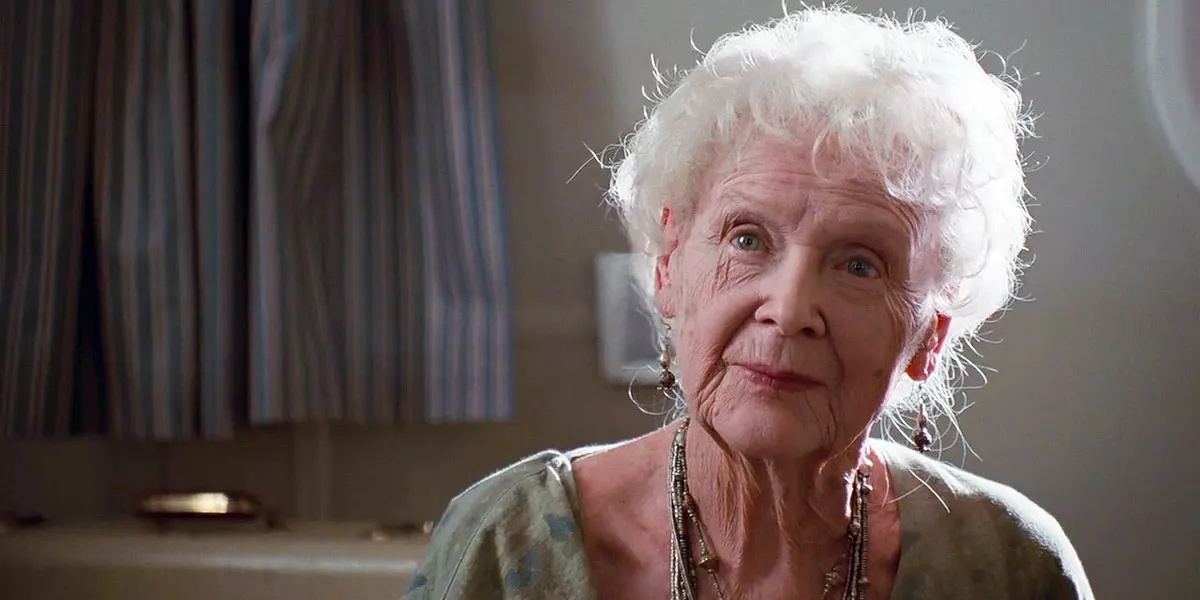Why Old Rose is Vital to the Narrative of Titanic
Have you ever wondered why the story of Titanic is told from Old Rose’s perspective? It turns out that Old Rose, the 101-year-old version of Rose Dewitt Bukater, serves a crucial role in James Cameron’s film and adds depth to the overall story. As we celebrate the 25th anniversary of Titanic, which has been re-released in theaters with stunning visuals, it’s worth examining the narrative frame and how it enhances our experience of the movie.
An Immersive Story Told in Real Time
What makes Titanic unique is its dual timeline. The film seamlessly transitions between 1996, when treasure hunter Brock Lovett and his team search for the Heart of the Ocean diamond on the sunken Titanic, and 1912, when the actual story takes place. Old Rose isn’t merely a vessel for her own memories; she contributes significantly to our engagement with the film.
By placing us in 1996, Cameron effectively grounds the story in a relatable context. We are introduced to a treasure hunt, an aged Rose, and the anticipation of uncovering the secrets of the past. This immediately captivates the audience and sets the stage for an immersive experience. We become active participants, listening to Rose recount her tale, while Lovett and his team serve as surrogates for our own curiosity and fascination.
We Know Rose Will Survive
An interesting aspect of having Old Rose as a narrator is that we know she survives the sinking of the Titanic. This knowledge shapes our perspective and allows for a different emotional investment. Rather than fearing for Rose’s life throughout the film, we can appreciate her struggles, desires, and budding romance with Jack without the looming dread of her demise.
This creative narrative choice relieves some tension and enables us to fully engage with the characters and their inner battles. It allows us to appreciate their interactions, their defiance of societal norms, and the social commentary embedded within the story. We can relish the moments and savor the love story unfolding before us because we have the assurance that Rose will emerge from the tragedy alive.
A Puzzle to Solve
James Cameron expertly adds a mystery element to Titanic by utilizing Old Rose’s narration. The search for the Heart of the Ocean diamond creates an intriguing puzzle that often goes unnoticed amidst the larger narrative. As the film progresses, we find ourselves unknowingly tracking the movements of a seemingly insignificant piece of jewelry.
While the diamond’s fate may not be critical to the main story, its inclusion enhances the overall plot. It provides another layer of intrigue and engages viewers who enjoy unraveling mysteries. Ultimately, the resolution of the puzzle is deeply satisfying and further underscores the film’s message. Without Old Rose as the narrator, this captivating aspect of the story would have been lost.
“Old Rose” as an Unreliable Narrator
While Old Rose adds depth and enchantment to Titanic, there is an intriguing aspect to her role that warrants consideration. Since the events portrayed in the film are ultimately fictionalized, Old Rose’s reliability as a narrator comes into question. We must remember that her perception of the events and her memory of them may not be entirely accurate, introducing an element of ambiguity.
Some theorists have even proposed that Jack’s love for Rose was a calculated ruse rather than a genuine affection. Though this interpretation may not align with Cameron’s original intent, it highlights the tantalizing possibilities offered by Old Rose’s narrative. Regardless of the historical accuracy, her subjective retelling invites us to savor the magical moments and cinematic flourishes that make Titanic an enduring masterpiece.
Conclusion
Titanic’s decision to tell the story from Old Rose’s point of view adds an alluring complexity to the film. The dual timeline, combined with our knowledge of Rose’s survival, creates a unique viewing experience. We become immersed in the narrative, solving puzzles, empathizing with the characters, and cherishing their moments of joy amidst impending tragedy. Old Rose’s presence and narration elevate Titanic beyond a simple historical account, making it a timeless tale of love and resilience.
FAQs
1. Why did James Cameron choose to frame the story in two timelines?
The dual timeline in Titanic serves multiple purposes. It enhances audience engagement by introducing a relatable context in 1996 and immersing us in the treasure hunt.

